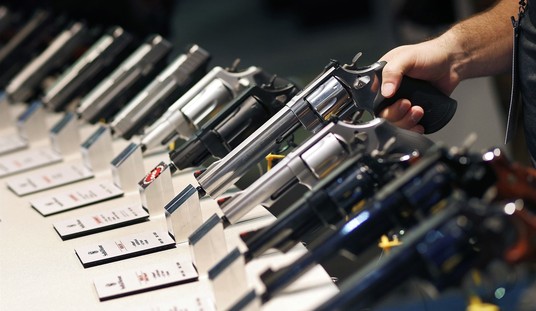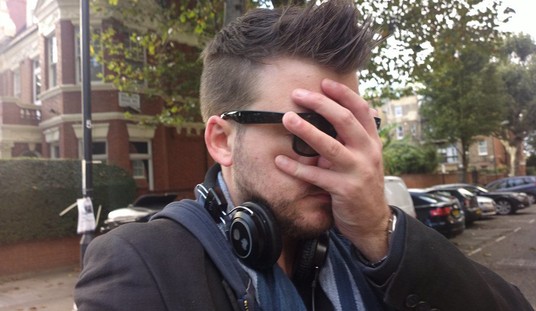With President Joe Biden’s new rules surrounding “ghost guns,” it’s not surprising that the media will focus on them going forward. Of course, they were already spending a lot of their time and attention on these kinds of guns, often omitting that these included firearms with the serial numbers removed.
Yet in Hartford, they once again claim that these guns are a serious growing threat to good public order.
Police walked into a home in New Britain this month and allegedly seized a stockpile of more than 100 homemade guns. In January, officers walked into an East Hartford home and heard the whir of a 3D printer, allegedly printing more guns right before their eyes. Just four months into the year, these two isolated incidents led to the seizure of more than 130 untraceable, homemade guns in two Connecticut towns.
Already this year, police in Hartford have seized 20 of these so-called “ghost guns” off city streets, more than three times as many as they did in all of 2019. The guns, often made by 3D printers or ordered piece by piece online in do-it-yourself kits, lack serial numbers that would allow them to be registered and identified.
Authorities seized 29 in the city in 2021 — more than four times as many as the year before.
And yet, this is a city of over 123,000 people and with a pretty high crime rate, all things considered–they had at least 35 homicides in 2021–and they only seized 29 of these guns all last year?
See, this is the big problem we keep seeing from the media and certain parties in law enforcement. They provide just enough of the puzzle to make you think you can see the whole picture, but you can’t.
Even if every single so-called ghost gun was used in a homicide, there are still piles of other firearms still on the streets. Those are traditionally manufactured guns, by and large.
Plus, of course, how many of those 29 guns were homemade, and how many were just regular guns with the serial numbers obliterated? It’s a fair question we’re not getting answers on.
However, the media in this case opted to talk about the national issue of ghost guns:
Across the country last year, police reported about 20,000 suspected ghost gun seizures to the Bureau of Alcohol, Tobacco, Firearms and Explosives — 10 times as many as in 2016, according to a statement from the White House. Authorities in Connecticut are cracking down on those manufacturing the weapons, including by targeting sale of internet kits.
First, there are reasons to doubt those numbers.
Second, even if they’re accurate–and those are “suspected ghost guns,” so that’s far from a sure thing–we’re looking at 20,000 firearms in a nation of 330 million people with an estimated 400 million firearms.
It seems to me that this is a blip on the radar.
Further, the ATF reports more than 1.8 million firearms were stolen from private individuals and another 40,000 stolen from licensed gun dealers between 2012 and 2017. It seems to me those represent a much larger threat to the public.
Additionally, let’s not forget that despite there being a ten-fold increase in supposed “ghost gun” seizures since 2016, those firearms only accounted for 0.36 percent of all homicides since then.
In Hartford, it’s unclear if any of their homicides are attributed to these kinds of guns. What is worthy of note, though, is that the city’s homicide rate is higher than the state’s average many times over.
It’s clear that, like the rest of the United States, the problem isn’t so-called ghost guns. Instead, unserialized firearms are a convenient scapegoat for politicians and officials who can’t acknowledge their own mistakes or inability to deal with the issue.
Nothing more, nothing less.







